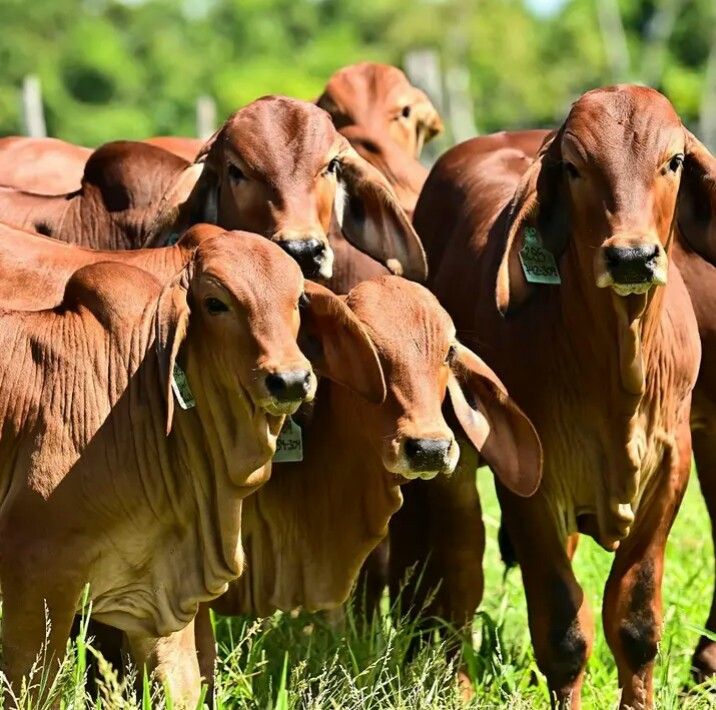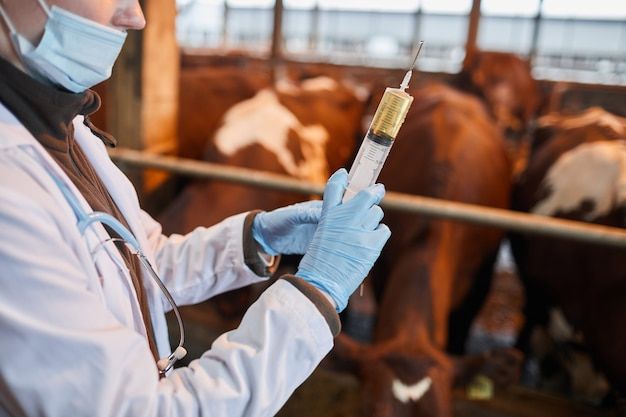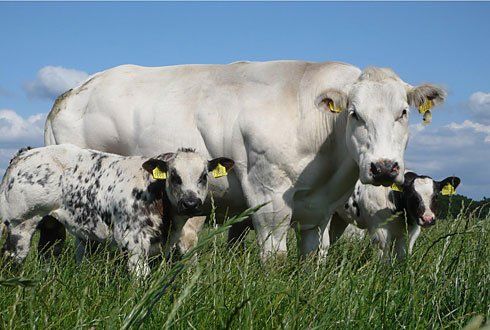Feedlot management is a critical component of beef cattle production, focusing on efficient feeding, health management, and environmental sustainability. By optimizing feedlot practices, farmers can improve cattle growth rates, enhance meat quality, and maximize profitability. Here’s how to manage a feedlot effectively for maximum beef production.
1. Selecting the Right Cattle
Choosing suitable cattle for the feedlot is essential. Healthy animals with good genetic potential for growth and meat quality are ideal. Crossbreeds known for high feed conversion efficiency and superior carcass characteristics often perform well. Screening cattle for health issues before feedlot entry reduces the risk of disease outbreaks.

2. Providing Balanced Nutrition
Nutrition is a cornerstone of feedlot success. Cattle should receive a well-balanced diet rich in energy, protein, vitamins, and minerals. Grain-based rations are commonly used to promote rapid weight gain, while roughage ensures digestive health. Rations should be adjusted based on cattle growth stages, with careful monitoring to avoid overfeeding or nutrient deficiencies.

3. Monitoring Health and Welfare
Maintaining cattle health is crucial in a feedlot environment. A good health program includes vaccination schedules, parasite control, and regular veterinary checkups. Early detection and treatment of illnesses, such as respiratory diseases, prevent losses and ensure consistent growth. Providing clean water, adequate space, and comfortable bedding supports cattle welfare and reduces stress.

4. Optimizing Feeding Practices
Efficient feeding practices reduce waste and improve feed utilization. Feeding schedules should be consistent, with rations evenly distributed to minimize competition among cattle. Monitoring feed intake helps identify issues like feed refusals or poor-quality feed. Automated feeders and data tracking systems can further enhance feeding efficiency.
5. Managing the Feedlot Environment
A clean and well-maintained feedlot promotes cattle health and productivity. Proper drainage prevents waterlogging and reduces the risk of disease. Dust and odor control measures improve air quality, while shaded areas or cooling systems protect cattle from heat stress. Regular cleaning of feed bunks and water troughs ensures hygiene.

6. Tracking Performance Metrics
Tracking cattle performance is essential for evaluating feedlot efficiency. Key metrics include average daily gain (ADG), feed conversion ratio (FCR), and cost of gain. These indicators help farmers identify areas for improvement and optimize management practices for better results.
Guess what! At Kimd Group of Companies, we support beginner farmers by offering tailored business proposal writing services and design plans for various animal capacities. Therefore whether you’re just starting out or looking to expand, we provide the resources and expertise to help you succeed in the farming industry.
7. Ensuring Sustainability
Sustainability is increasingly important in feedlot operations. Waste management systems, such as composting or biogas production, minimize environmental impact. Efficient use of resources, including water and feed, reduces costs and supports long-term viability. Adopting renewable energy sources, such as solar power, further enhances sustainability.
Conclusion
Effective feedlot management involves a combination of proper cattle selection, balanced nutrition, health monitoring, and environmental stewardship. By focusing on these areas, farmers can achieve maximum beef production while ensuring animal welfare and sustainability. A well-managed feedlot not only boosts profitability but also supports the broader goals of sustainable beef production.
